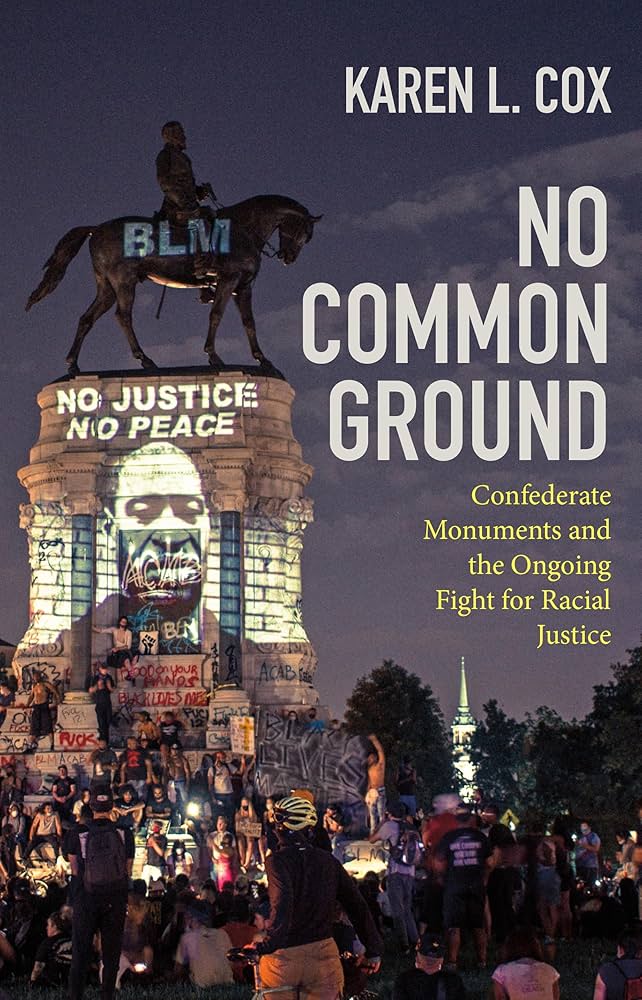Criticism of the Lost Cause and Confederate symbols stretched back as early as 1870, when Frederick Douglass called out the “nauseating flatteries of the late Robert E. Lee” that poured in after the Confederate general’s death, asking, “Is it not about time that this bombastic laudation of the rebel chief should cease?” Until his death in 1895, Douglass engaged in an uphill battle to dislodge the Lost Cause narrative that had gripped the national consciousness while still seeking to preserve the memory of emancipation. But the pull of the Lost Cause was strong. Even white Northerners were willing to make a devil’s bargain with the South’s Confederate tradition for the sake of sectional reconciliation. And the race to build “monuments of folly,” as Douglass called them, had yet to peak by the time of his death.
Still, while Frederick Douglass waged a battle against the North’s capitulation to the Lost Cause the rest of his life, the real war against it was in the South, where Black Southerners were on the front lines. They were keenly aware that Confederate symbols in their communities were imbued with racism and white supremacy, and they protested them publicly and privately. Some of the earliest identifiable Southern protests occurred in Charleston, South Carolina, in response to the monument built to honor John C. Calhoun, U.S. senator, secretary of war, and vice president of the United States from 1825 to 1832. Calhoun was also a fierce defender of states’ rights to preserve the institution of slavery. While not technically a Confederate monument—Calhoun died in 1850, long before the South seceded—its unveiling on April 26, 1887, Confederate Memorial Day in South Carolina, and the ceremonies that accompanied it, including the singing of “Dixie,” placed it firmly in the Lost Cause tradition.
From the outset, the Calhoun monument, centrally located on the Citadel Green, was the object of derision within the local Black community. As historians Ethan J. Kytle and Blain Roberts have shown, Black Charlestonians “mocked and vandalized the monument,” as did some white Charlestonians, but for different reasons: whites reviled it for its aesthetics, while African Americans despised it because of what Calhoun represented to their race. As Mamie Garvin Fields, a Black Charlestonian born in 1888, put it, “Since we thought like Douglass, we hated all that Calhoun stood for.”
